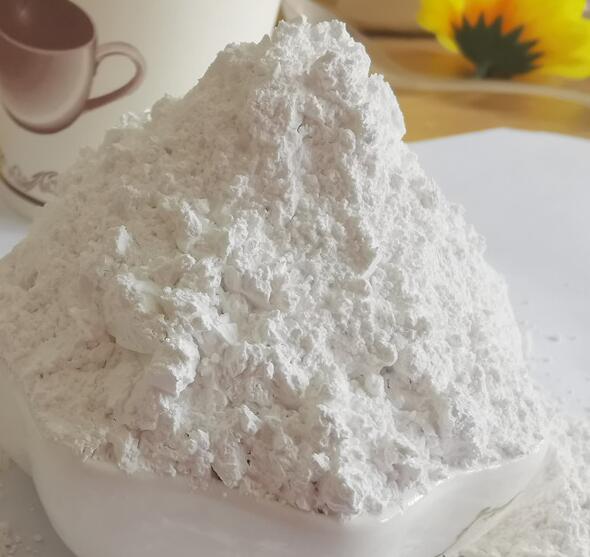Explore the advanced process of preparing magnesium hydroxide by ammonia method

In today's field of materials science, magnesium hydroxide, as an important inorganic chemical product, is widely used in plastics, rubber, coatings and other industries because of its excellent flame retardant and filling properties. The preparation of magnesium hydroxide by ammonia method has become a research hotspot due to its high efficiency and environmental protection. This article will delve into the latest research results and optimization strategies of this process.
1. Precisely control reaction conditions
The core of preparing magnesium hydroxide by ammonia method is to obtain high-quality products through precise control of reaction conditions. This includes controlling the stirring intensity, ammonia addition flow rate, and magnesium chloride concentration. Studies have shown that appropriate stirring intensity helps to form uniform magnesium hydroxide precipitation, while the addition flow of ammonia directly affects the precipitation rate and product purity.
2. Slurry quality and particle size optimization
Researchers found that magnesium hydroxide flame retardants with high slurry mass fraction need to be prepared by adjusting parameters such as stirring intensity and ammonia-magnesium molar ratio. These factors have a significant impact on product particle size and slurry concentration. By optimizing these parameters, smaller particle size and higher purity magnesium hydroxide can be obtained, thereby improving its performance in downstream applications.
3. Application of ultrasonic processing technology
To further reduce the size of the product, the researchers introduced ultrasonic treatment technology. Through ultrasonic treatment, the particle size of magnesium hydroxide can be reduced to a certain extent, making it more suitable for the application of nanomaterials. In addition, ultrasonic treatment can also improve the dispersion of the product and avoid agglomeration.
4. Morphology control and the role of additives
When preparing nano-magnesium hydroxide by hydrothermal method, adding additives such as urea and ethanol can effectively control the morphology of the product. These additives not only influence the precipitation formation process but also improve the settling properties of the final product. By adjusting the type and amount of additives, magnesium hydroxide with specific morphology and properties can be obtained.
5. Comprehensive optimization of process conditions
In addition to the above-mentioned individual reaction conditions, aging time, calcination temperature, heating rate and other process conditions also have a significant impact on the performance of the magnesium hydroxide product. By comprehensively optimizing these conditions, comprehensive control of the performance of magnesium hydroxide can be achieved to meet the needs of different application scenarios.
6. Double guarantee of environmental protection and economic benefits
Compared with other preparation methods, the ammonia method shows obvious advantages in terms of economic cost and environmental protection. By optimizing the production process, it can not only reduce production costs, but also reduce environmental pollution and meet the requirements of green chemistry and sustainable development.
The research on the process of preparing magnesium hydroxide by ammonia method not only focuses on improving the quality and performance of the product, but also involves improving production efficiency, reducing costs and protecting the environment. With the continuous deepening of research, it is expected to develop a more efficient and environmentally friendly new magnesium hydroxide production process in the future, bringing more innovation and value to the field of materials science.








